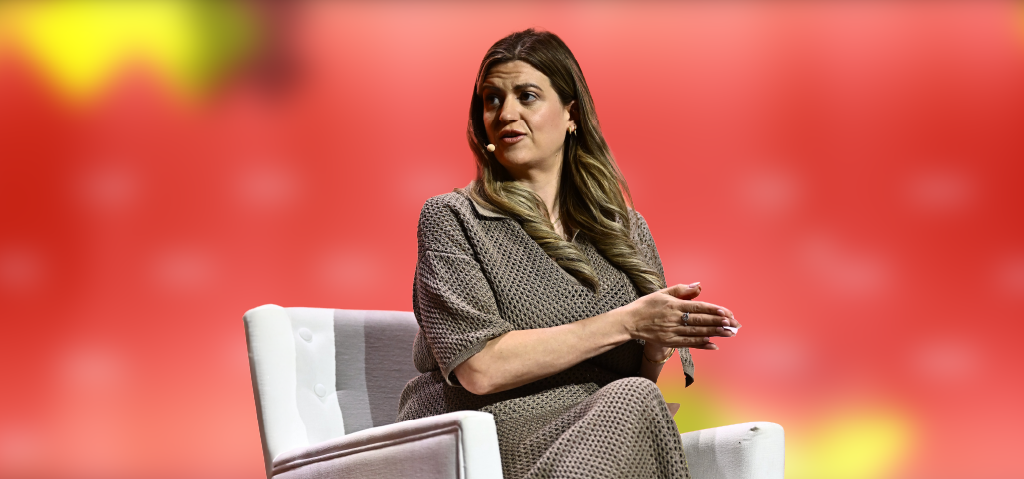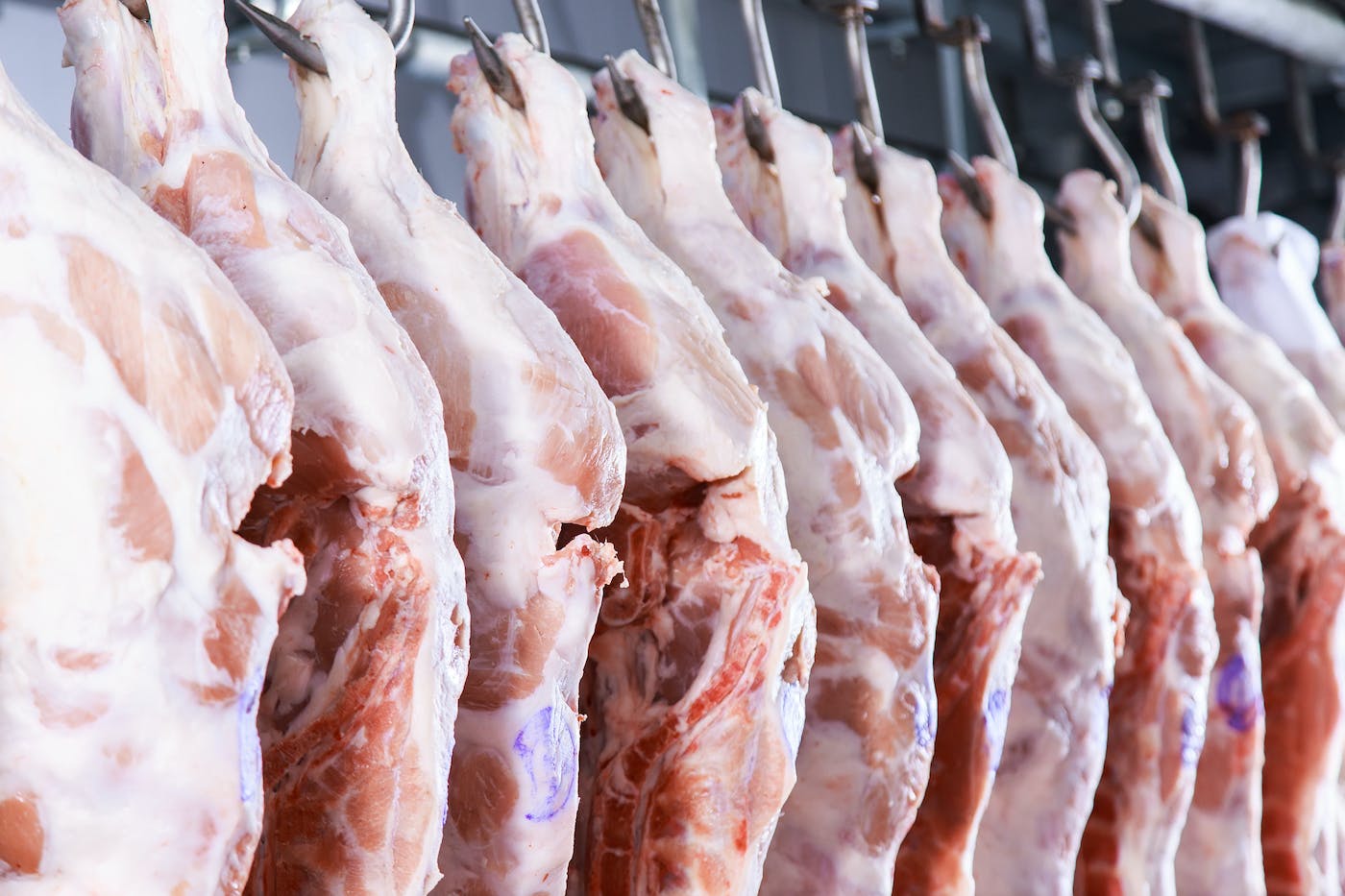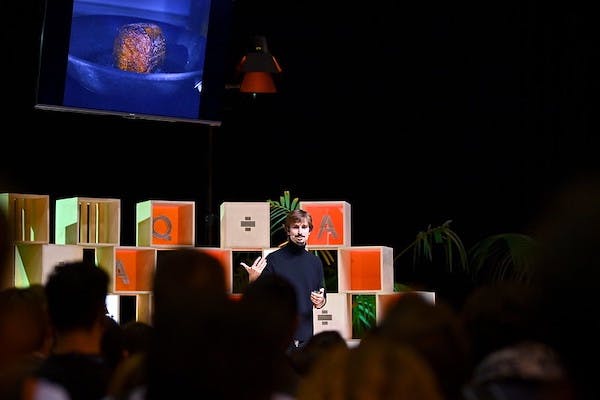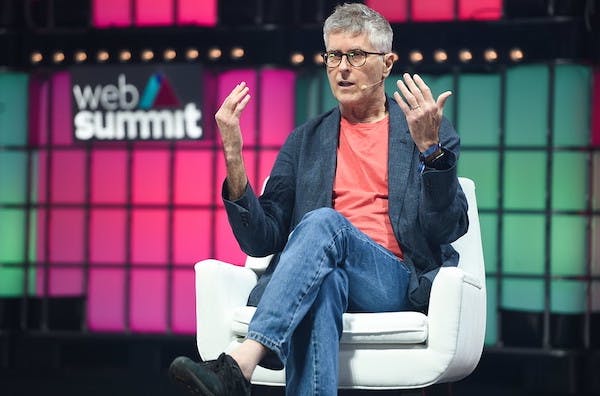
Fighting the food crisis, one meat alternative at a time

Meat production and consumption is a major contributor to greenhouse gas emissions. Can we change the way we eat, with more meat alternatives in our diet, to help preserve the planet?
The number of undernourished people around the globe continued to rise in 2020, according to the UN’s Food and Agriculture Organisation. A population of 720-811 million faced extreme hunger, an additional 100 million people on the figure from 2019. Even accounting for the shock to global supply chains brought on by the Covid-19 pandemic, this is humbling.
Why is it that, even with modern food production technologies, we still can’t feed ourselves?
An increasing number of people are accepting that meat could be a major culprit. Vladimir Mićković, co-founder and chief brand officer of food science startup Juicy Marbles, says that 80 percent of the food sources we extract from Earth are fed to livestock. Patrick Brown, CEO of agtech Impossible Foods, also noted that animal production for food is responsible for up to 17 percent of all greenhouse gas emissions – the same as the entire global transport industry.
Our obsession with meat is misusing agricultural land, draining natural resources, and contributing to greenhouse gas emissions. If space and resource efficiency are a central concern for ramping up food production, the data shows meat alternatives and a good old fashioned meat-free diet are the ways forward.
Creating meat alternatives
To the first point: using protein-rich vegan alternatives to livestock, particularly inefficient beef production. Did you know that beef takes up 60 percent of all agricultural land, yet provides only 2 percent of total calorie output? In any other industry this inefficient use of resources would be addressed immediately, for the sake of profit alone.
However, Vladimir says meat is a “social construct” that reduces any conversation around replacing it with vegan alternatives that look and taste the same, and offer the same nutrients, to a farce. He thinks that we treat meat as a superfood and rarely make the same compensations and excuses for vegan options as we do for meat.
 Vladimir Mićković, co-founder and chief brand officer at Juicy Marbles, onstage at Web Summit 2021. Image: Eóin Noonan/Web Summit(CC BY 2.0)
Vladimir Mićković, co-founder and chief brand officer at Juicy Marbles, onstage at Web Summit 2021. Image: Eóin Noonan/Web Summit(CC BY 2.0)
Vladimir thinks that price is the point that will change our minds about the viability of meat. He noted that governments subsidise meat production, effectively protecting a misuse of food resources and increasing greenhouse emissions. If that protection was passed to food scientists producing vegan alternatives, this would swap the price points of meat as a ‘standard’ product and vegan options as ‘luxury alternatives’. More people choosing wallet-friendly vegan food will help address the food crisis and protect the planet too.
Increasing the production of climate-neutral foods
The other pillar for fighting the global food crisis is increasing fruit and vegetable production. While agricultural land will remain scarce as we try to balance expanding cities and renewing natural ecosystems, urban farms may be the way to maximise our space.
Urban farms switch production from rural areas requiring extensive transport and quality assurance infrastructure to growing and distributing food in concentrated population centres. Often this takes the form of ‘vertical’ farming, with fruits and vegetables grown on the rooftops or even numerous levels of multi-storied buildings. This reduces the land footprint required while also concentrating resources needed, such as water and electricity.
Guy Galonska, founder of agtech InFarm, has produced a prototype food production ‘greenhouse’ module that has a roughly 40 square metres footprint. However, with the addition of digital technologies managing the growing process, this module is about 400 times more effective than traditional farming and can produce about 500,000 crops per year.
Because of this more closely managed system, InFarm modules can also produce fruits and vegetables bred for maximum vitamin and nutrient content, rather than the varieties currently bred to last for longer on transport from farms to cities. Being able to produce more food that’s better for you, and all without a scrap of meat present.
 Patrick Brown, CEO of Impossible Foods, onstage at Web Summit 2021. Image: Cody Glenn/Web Summit(CC BY 2.0)
Patrick Brown, CEO of Impossible Foods, onstage at Web Summit 2021. Image: Cody Glenn/Web Summit(CC BY 2.0)
Patrick Brown said “the most destructive technology in human history is the use of animals as food.” Now is the time to fight old technology with new and develop ways to maximise our production of non-meat foods. Meat has taken us this far. But we don’t need it anymore.
Like this article ? Register for the Web Summit newsletter for more insights into world’s pressing topics.



